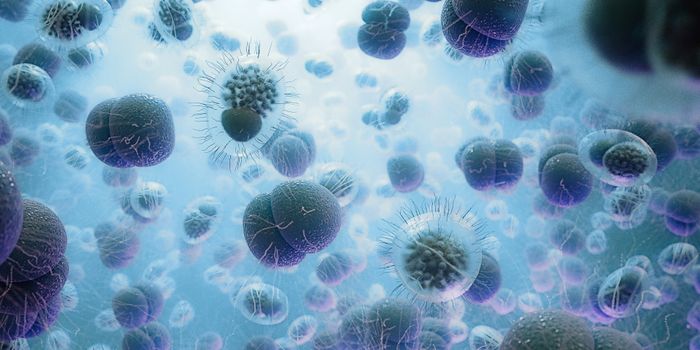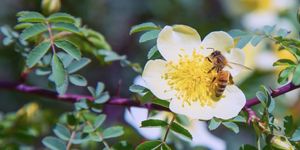Potential Anti-Cancer Bacterium Found in Antarctic Sea Squirt
Some of our best medicine has come from nature, and scientists are always on the lookout for natural products that can benefit human health. Plants and microbes are potential sources of bioactive compounds; both types of organisms make molecules for their own purposes that could help us in a variety of ways. That's why scientists explored the microbiome of an animal called Synoicum adareanum, which is native to islands around Antarctica. Synoicum adareanum is a type of sea squirt or ascidian, and is the source of a molecule, palmerolide A, with anti-melanoma properties. The researchers suspected that a bacterium was generating the compound. Reporting in mSphere, the palmerolide A-producing bacterium has now been identified, and the compound can be studied in-depth.
Previous work by this team investigated the microbiome of Synoicum adareanum. There were 21 types of bacteria commonly found in a collection of samples of S. adareanum taken from around the Anvers Island archipelago in Antarctica. After various genetic analyses were conducted on these samples, the researchers found which microbe in the sea squirt's microbiome was generating palmerolide A. This novel microbe is a verrucomicrobium that is in the Opitutaceae family; the researchers have proposed calling it “Candidatus Synoicihabitans palmerolidicus.”
Lead study author Alison Murray, Ph.D., a professor of biology at the Desert Research Institute, noted that this research is the first to link "an Antarctic natural product to the genetic machinery that is responsible for its biosynthesis.”
“Throughout the course of disentangling the many genomic fragments of the various species in the microbiome, we discovered that this novel microbe’s genome appears to harbor multiple copies of the genes responsible for palmerolide production,” said senior study author Patrick Chain, Ph.D., of Los Alamos National Laboratory.
Scientists can't go collect a lot of these sea squirts in order to get a bunch of palmerolide A, so understanding the biochemistry underlying the compound's production and what genes are involved will open the door to cultivation, Marray added. Once researchers can produce a lot of it, they can study the anticancer properties of the molecule and its potential use.
There is still a lot to learn. For example, researchers don't know what purpose palmerolide A serves to sea squirts or the bacterium that makes it, or whether other Antarctic animals also generate or use the molecule.
The bacteria that live within animals, including humans, often serve important biological purposes for the host. Sponges, corals, and sea squirts are known to have symbiotic relationships with microorganisms, which can help them survive in the harsh environment of Antarctica; some make animals bioluminescent, others create photoprotective pigments, for example. There may be many more molecules with medicinal potential still be waiting to discovered there and other places.
Sources: Desert Research Institute, mSphere









